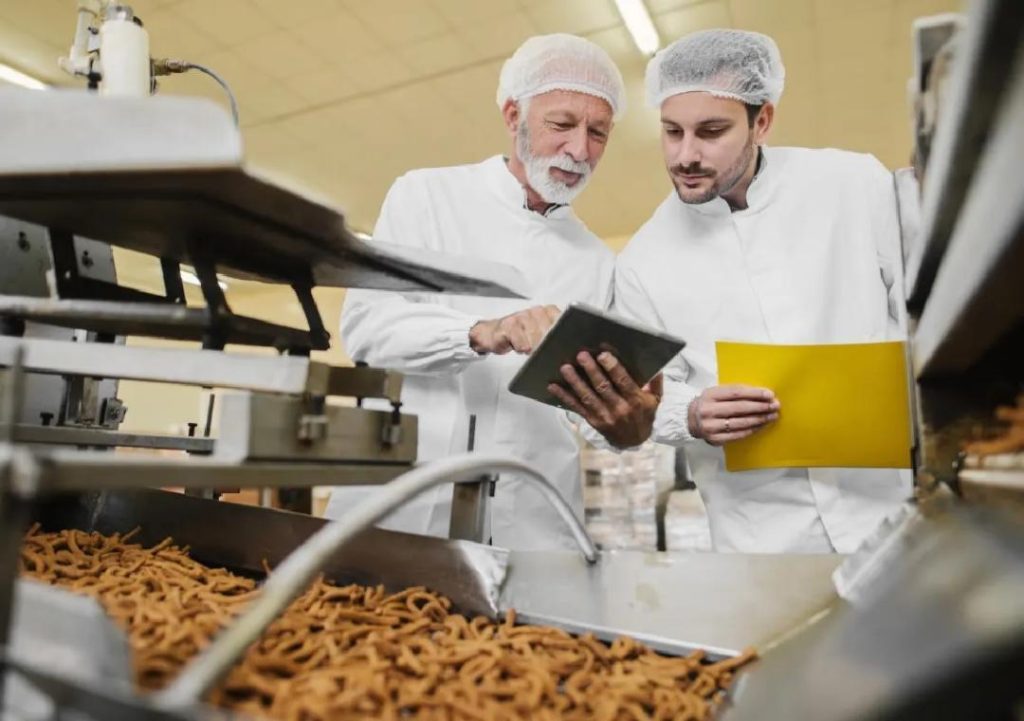
Can P&L Optimisation Redefine Success in Food Technology?
The food technology industry is a dynamic and fast-paced sector, with companies constantly striving to innovate and stay ahead of the competition. One area that has gained significant attention in recent years is P&L (Profit and Loss) optimisation. By streamlining P&L operations, food technology companies can improve profitability, reduce waste, and make better decisions. In this blog post, we’ll explore the impact of P&L optimisation on the food technology industry and examine the tools and strategies that are helping businesses thrive.
The Challenges of P&L Operations in Food Technology
Food technology companies face unique challenges when it comes to P&L operations. The industry is characterized by high volumes of inventory, complex supply chains, and fluctuating demand. This can make it difficult to accurately forecast demand, manage inventory levels, and optimize production. Additionally, food technology companies often have to contend with seasonal fluctuations, quality control issues, and regulatory compliance requirements.
Historically, food technology companies have relied on manual processes and spreadsheets to manage their P&L operations. However, these methods are often prone to errors, slow, and inflexible. As a result, many businesses struggle to achieve optimal efficiency, leading to reduced profitability and increased waste.
The Benefits of P&L Optimisation in Food Technology
So, what are the benefits of P&L optimisation in food technology? By streamlining P&L operations, food technology companies can:
- Reduce Waste: By automating inventory management and demand forecasting, food technology companies can reduce waste and excess inventory. This not only saves money but also reduces the environmental impact of the industry.
- Improve Demand Forecasting: Accurate demand forecasting is critical in the food technology industry. By leveraging data analytics and machine learning, businesses can improve their forecasting capabilities and reduce the risk of stockouts or overstocking.
- Increase Efficiency: Automated P&L operations can reduce the time and effort required to manage inventory, production, and supply chains. This frees up resources for more strategic activities, such as product development and customer service.
- Make Better Decisions: With accurate and timely financial data, food technology companies can make better decisions about pricing, product development, and capital allocation. This leads to increased profitability and competitiveness.
- Ensure Sustainable Growth: By optimising P&L operations, food technology companies can ensure sustainable growth and scalability. This allows businesses to expand their operations, enter new markets, and stay ahead of the competition.
Tools and Strategies for P&L Optimisation in Food Technology
So, what tools and strategies are food technology companies using to optimise their P&L operations? Some of the most popular include:
- Automation: Automation software can streamline inventory management, demand forecasting, and supply chain management. This reduces the risk of human error and increases efficiency.
- Smart Inventory Systems: Smart inventory systems use data analytics and machine learning to optimise inventory levels and reduce waste. These systems can also predict demand and alert businesses to potential stockouts or overstocking.
- Data Analytics: Data analytics tools can help food technology companies gain insights into their P&L operations, identify areas for improvement, and make better decisions.
- Scalable Models: Scalable models allow food technology companies to adapt to changing market conditions and customer demand. This ensures that businesses can grow and expand without sacrificing profitability.
- Collaboration: Collaboration between different departments and stakeholders is critical in the food technology industry. This ensures that everyone is working towards the same goals and that decisions are made in a timely and effective manner.
Real-World Examples of P&L Optimisation in Food Technology
So, what are some real-world examples of P&L optimisation in food technology? Here are a few:
- Food processing company: A food processing company was able to reduce waste and excess inventory by 20% by implementing an automated inventory management system. This resulted in significant cost savings and increased profitability.
- Meal kit delivery service: A meal kit delivery service was able to improve demand forecasting by 30% by leveraging data analytics and machine learning. This allowed the business to better meet customer demand and reduce the risk of stockouts.
- Food manufacturing company: A food manufacturing company was able to increase efficiency by 25% by automating production planning and scheduling. This resulted in reduced labor costs and increased productivity.
Conclusion
P&L optimisation is a critical component of success in the food technology industry. By streamlining P&L operations, food technology companies can reduce waste, improve demand forecasting, increase efficiency, make better decisions, and ensure sustainable growth. To achieve P&L optimisation, food technology companies should consider automation, smart inventory systems, data analytics, scalable models, and collaboration. By adopting these tools and strategies, businesses can redefine success in the food technology industry and stay ahead of the competition.
Source:
https://www.growthjockey.com/blogs/p-and-l-operations-in-food-tech
Note: The above article is based on the blog post ‘P&L Operations in Food Tech’ by Growth Jockey. The views and opinions expressed in the article are those of the author and do not necessarily reflect the views of Growth Jockey.






